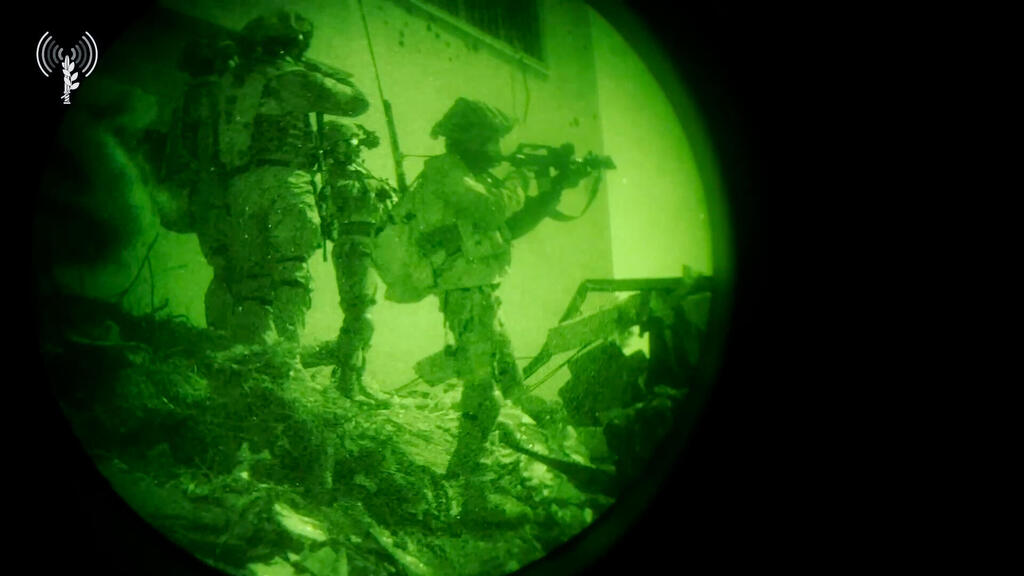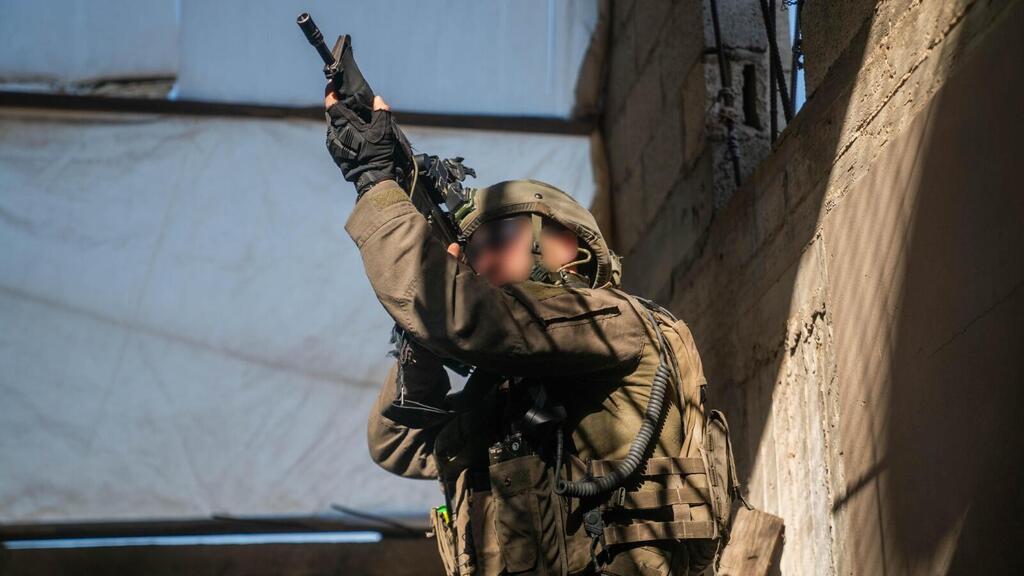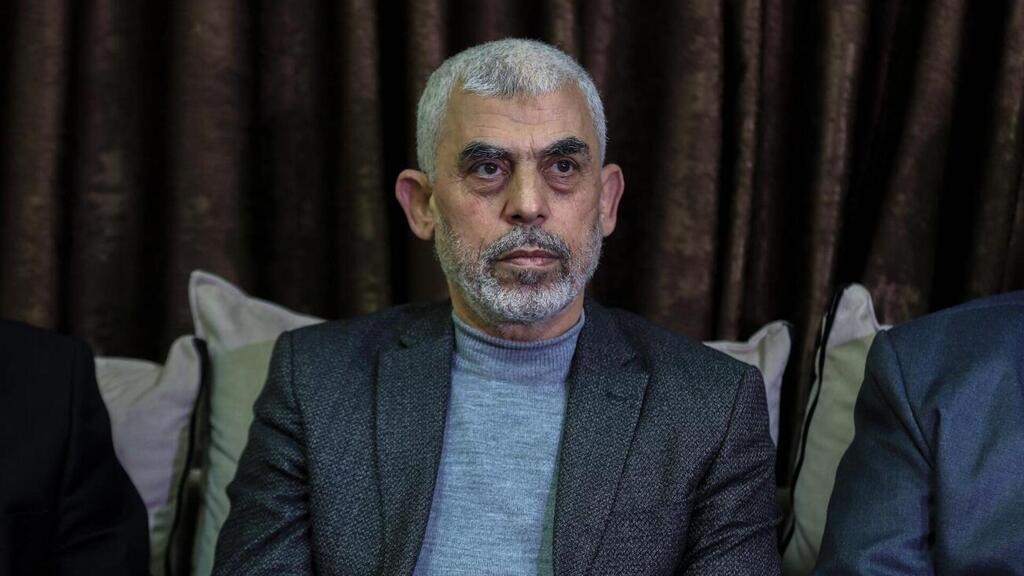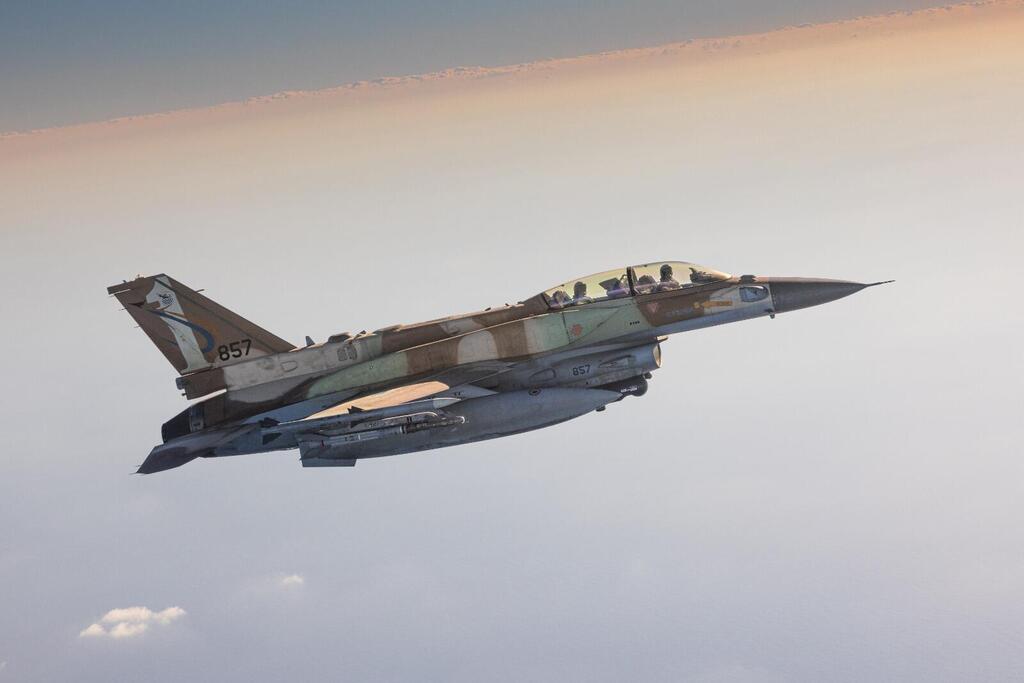In recent discussions I held with senior IDF commanders and the Air Force, I got a clear impression that the IDF can achieve a decisive outcome in the Strip and accomplish the war's goals. However, achieving this will come at heavy losses and will require a considerable amount of time to complete, at least several months.
More stories:
The question Israel is faced with is whether the public and political echelon will give the IDF the time and diplomatic backing it needs to do so. Security experts believe that, at the moment, this doesn’t depend on the U.S. but on Israeli public opinion, resilience, and political support.
Hamas' final bastions
In a brief visit to Khan Younis last week, observing IDF forces in the northern part of the Strip clarified just how much time and effort such fighting takes. In the northern part of the Strip, the IDF has gained control over most of the territory including in underground facilities.
In the only remaining terror bastion in the northern part of the Strip, Daraj Tuffah, fierce battles are still taking place against terrorists and those who likely fled there from Jabaliya and Shijaiyah. In contrast, in the central part of the Strip, intense fighting is still ongoing and is expected to continue for a long time.
While traveling to the southern part of the Strip, the urban landscape becomes more open, explaining why the IDF is facing more difficulties here than in densely populated areas. The destruction in the north is making it much harder for Hamas terrorists to come out from underground tunnels and fire at forces due to the wreckage.
However, in the Khan Younis area and Hamas camps north of the city, tunnels are almost everywhere and make it easy for terrorists to operate from within them. The IDF was astonished to discover that Hamas's underground facilities are 500%-600% larger than previously estimated – turning the initial estimation of 500 km of unground tunnels and 1,000 shafts across the Strip into the understanding that the tunnels and shafts number in the thousands.
It turns out that Hamas' politburo center was in the northern part of the Strip, but the crucial and main military center is located in the Khan Younis area. This center enables terrorists—members of Hamas and the Islamic Jihad—to move forces from place to place and strike IDF forces from both long and short ranges as they choose.
As long as the IDF was moving in the south and central areas of the Strip, terrorists didn’t rush to combat them but focused on laying explosives to ambush the troops. Now, as the IDF moves less and shifts to eliminating infrastructure, the terrorists are moving in their anti-tank units to target the IDF.
IDF troops and the Air Force can’t fully employ their firepower in this area as they did in the northern part of the Strip due to the number of safety zones for the civilian population scattered in the Khan Younis area, with Hamas preventing them from escaping.
Moreover, the IDF is still fighting to gain control in the central part of the Strip prior to dismantling terror infrastructure in the area. At this stage, progress is slow because the area is vast, and any hasty move incurs high costs.
The lack of progress in this area also stems from a desire not to harm Israeli hostages. It can be assumed that the majority of captives are currently held in the central part of the Strip, and it’s reasonable to assume that Hamas leader Yahya Sinwar has surrounded himself with an unknown number of captives, mainly soldiers, so that if the IDF reach him and his senior command, the captives will also be harmed – either by IDF forces or the terrorists.
This is the exact reason why Sinwar and Hamas’ top officials feel they have the upper hand and can dictate to Israel when the fighting needs to stop including a complete withdrawal from Gaza.
All of this is happening even though Sinwar likely knows that the IDF has succeeded in neutralizing the majority of Hamas’ and the Islamic Jihad’s fighting force. According to recent data, the IDF has managed to kill between 7,000 and 9,000 terrorists from both organizations, and injure around 20,000 of them. The implication is dramatic, but doesn’t deter Sinwar, who still believes he could pressure the international community to stop the fighting while leveraging the Israeli captives for more time.
Air Force crucial for fighting in Gaza
The Air Force is frustrated with this situation and discusses dilemmas that only the political leadership can address, the commanders also say they’re certain these dilemmas will be solved and victory will be achieved.
The Air Force’s operation in the current war is different than in any other war. The Air Force not only carries out air strikes that distance the civilian population and assist ground forces in entering the northern part of the Strip, but it now also operates in several other ways designed to provide backup while mitigating losses.
These new operations include striking Hamas tunnels in which senior figures are hiding, readying an area of the strip for the advancing soldiers while utilizing attack helicopters to scout and eliminate threats such as explosives or tunnel shafts, and providing air support for the soldiers fighting in the Strip in clashes against terrorists.
These operations saved the lives of many soldiers who found themselves in tough situations during combat. However, there were also four cases in which the Air Force hit IDF soldiers. So far, less than five soldiers have been killed in such cases, but in general, the Air Force's involvement in the fighting expedites advancement in the Strip.
In Israel’s northern border, the Air Force operates intensively to push Hezbollah away from the border fence, but it’s clear that this can’t be done solely from the air and will likely require a limited ground operation to distance Hezbollah not only beyond the current range of the anti-tank guided missiles (ATGMs), which is currently eight kilometers, but beyond it.
It’s necessary to reach a situation in the north where Hezbollah can’t take advantage of its military forces in southern Lebanon. However, this issue will have to wait until after the release of the Israeli hostages, the elimination of Hamas’ leadership, and the dismantling of its main infrastructure in the Strip.






